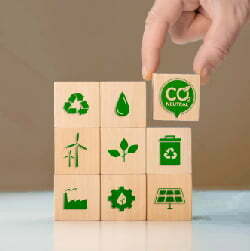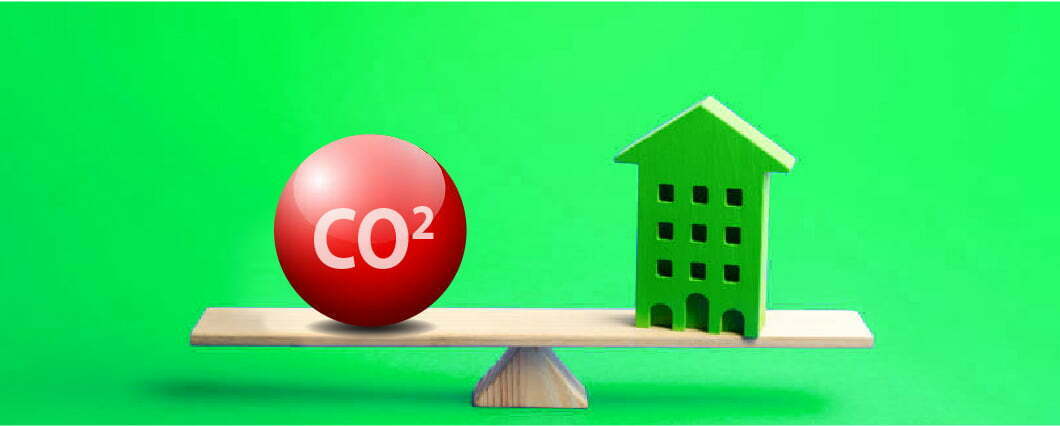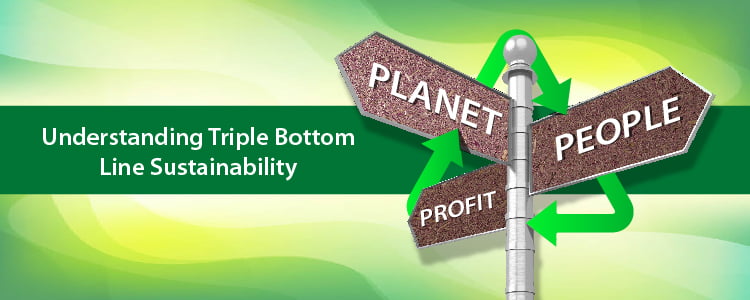The impact of climate change is for all to experience. It is something that none of us can now ignore. Interestingly, the built environment contributes significantly to greenhouse gas emissions. Since this has come to light, researchers have been diligently working to identify the highest emission contributors and then work at options to minimize these emissions.
If statistics are to be believed, constructed spaces currently contribute to 39% of global energy-related carbon emissions: 28% from operational emissions and 11% from materials used in construction.
The world’s population forecast states that the population will approach 10 billion by the middle of the century, doubling the global building stock.
Construction Industry & Climate change
The building sector has a vital role to play in addressing climate change. The release of carbon in the construction process is referred to as upfront carbon. The forecast is that the emissions from construction will account for about half of the total greenhouse gas emissions by 2050. The entry of start-ups in the construction industry is fast changing the definition of construction materials. Operating on the Circular Economy model, they have introduced eco-friendly, sustainable, and natural materials such as straw, cork, bamboo, recycled plastic, recycled fabric, coconut shells, reclaimed worm, reclaimed recycled steel, and rammed earth, to name a few. These materials typically are energy efficient, have a low to negative carbon footprint, help improve air quality, and are low on VOC emission.
What is a green building?
A building designed, constructed, or operated to minimize damage to the environment is a green building. A green building is rated on the following:

Location and transport
The location of the building should not be in an environmentally sensitive area. It should be well connected with public transport, to discourage the use of private vehicles for commuting.

Sustainable sites
The building is designed to cause minimum environmental damage by maintaining a natural habitat, reducing pollution, and using natural resources to operate.

Reduced water usage
Adopts construction methods and materials that minimize water use and incorporates mechanisms to reduce the building’s water footprint.

Energy Efficient
The building uses energy-efficient renewable energy means and reduces pollution.

Materials Usage
The building has incorporated recycling systems and employs sustainable materials reducing wastage during construction.

Indoor environmental quality
Measures are incorporated to ensure the quality of the space for its occupants, such as low VOCs, thermal control, and reduced noise pollution

Innovative design
Implement innovative sustainability strategies during its construction.
Overall, a green building helps preserve the Eco- balance, and wellness of the occupants, thanks to the better air quality because of low emissions.
Why is there a need for green buildings?
It is time to look at undertaking construction that helps development without impacting the environment negatively. Creating a space that serves its purpose without disrupting land, water, resources, and energy in and around the building, and provides healthier space indoors & outdoors for the inhabitants. Research shows benefits, green buildings, on account of providing cleaner air indoors, have been known to improve work efficiency both for humans and machines. Statistics report an improvement of up to 25-30%! Other fallouts of a green building are lower cost of construction and higher valuation of the building.
 What is carbon-neutrality in buildings?
What is carbon-neutrality in buildings?
In 2006, the word “carbon neutral” was featured in the New Oxford American Dictionary. Since then, it has gained widespread recognition. This concept refers to the balance between carbon dioxide emissions and carbon absorption from various systems, such as the oceans, forests, and soils. If these emissions are eliminated, the world would have a carbon-neutral economy.
A European Union Commission study reveals that natural carbon sinks can remove up to 11 gigatons of CO2 annually from the atmosphere. Unfortunately, that is not enough to prevent global warming. To become carbon-neutral, companies can either reduce their emissions to zero or purchase carbon credits. Thus, the emphasis is on choosing sustainable building materials that sequester CO2. Strawcture Agribiopanels, Cocopanels, and Agrocrete are good examples.
How are typical green building certifications being replaced by carbon-neutral green building certifications?
LEED is a globally recognized rating system. LEED Certification is granted to a building based on using strategies for energy efficiency, water efficiency, reduction of CO2 emissions, improved indoor air quality, and resource stewardship in the design and construction of the building. In effect, it rates the sustainability and environment- friendliness of a building. Besides the materials used in building construction, it also comes with a heavy ecological footprint; thus, LEED certification is becoming an important parameter in the construction industry.
Unfortunately, despite the positive effects of LEED, many architects and builders refrain from using this as a standard as they find that it increases the costs.
Fortunately, there’s a solution.
The construction industry is still trying to transform itself into a positive force for the planet by tackling various issues affecting the development of our communities and society. This multi-faceted project requires more than just ideas on paper. It involves establishing a method to help us live healthier and safer lives.
One of the most effective ways to address the issue of global warming is by implementing carbon-neutral building certifications. This method allows the construction industry to establish a long-term foundation for sustainable development. Aside from being able to reduce its environmental impact, afforestation standards can also help establish a lasting positive effect on the planet.
Carbon Offsets and Credits Step Up to Replace LEED with Carbon Neutral Solutions

Through the use of carbon afforestation credits, the construction industry can finally address the various issues that affect the environment and establish a more balanced solution. This method goes beyond just focusing on new buildings and community designs. It also involves addressing the emissions generated by all types of buildings and establishing better ways to replenish our ecosystems. The concept of carbon neutral building refers to the fact that a structure can reduce its carbon footprint by planting trees. It can also help establish a lasting positive effect on the planet.
Is it possible to reach carbon negativity?
It is still possible to reach carbon negativity, but it will take significant resources and a combined effort to achieve this goal. The first step is for construction companies to implement various carbon reduction methods. These include using natural resources, direct air carbon capture, and enhanced natural solutions. These can be done directly by companies or through offsetting projects.
Using low carbon building materials has been highlighted as one of the four main components of a Zero Carbon Building as per the world green building council. Other components are zero carbon balance, efficiency, and renewable energy.
To Sum it up
The time has come to take our responsibility toward the environment seriously. The construction industry, for their part, may need to prioritize emission reduction over profits for a change. All stakeholders across the building supply chain need to unite for the industry to succeed in its carbon-negative journey.
One needs to look at alternatives to the traditional engineered wood, cement as the cementing element, bricks, etc., as there are high emissions. Cement makes up 8% of total global emissions. Making bricks contributes to 2.5% of the global emissions of CO2. If things don’t change with how we treat embodied carbon, impacts will total 90% of the carbon released from newly constructed buildings between 2015 and 2050.
It is time for the construction industry to wake up.
They need to reconsider the materials specifications along with the practices adopted. The choice of materials across the chain must alter to low emissions and CO2 sequestering options. Incorporate systems that make the constructions self- sustainable by adopting green practices like green energy, recycling waste and water, and rainwater harvesting. Only once this happens will the transformation to ‘GREEN’ start.




